The first American pope in history was announced on Thursday, and almost no one saw it coming, braggadocious prediction markets included.
Key Insights
- U.S. Cardinal Robert Prevost was chosen as the next pope on Thursday, the first American pontiff ever.
- Prevost was viewed as a longshot to become pope, both among religious experts and oddsmakers.
- Prevost was also an unlikely selection in the eyes of prediction markets, which have been known to toot their own horn when correct about other outcomes.
Cardinal Robert Prevost emerged from this week’s papal conclave as the choice of his peers, taking the name Pope Leo XIV.
It was a relatively unlikely outcome given Prevost’s Americanness, although there had been some chatter heading into the conclave that Prevost could be a contender.
Enjoying Covers content? Add us as a preferred source on your Google account“[O]ne American who some Vatican watchers say could scrape together enough votes is Cardinal Robert Francis Prevost, 69, a Chicago-born polyglot who is viewed as a churchman who transcends borders,” the New York Times reported. “He served for two decades in Peru, where he became a bishop and a naturalized citizen. He then rose to lead his international religious order.”

Nobody believed in us!
Prevost’s longshot candidacy was highlighted by his next pope betting odds, which, indeed, were a thing.
People have become more interested in betting on things far beyond stick-and-ball sports, and it turns out that wagering on the next pope (perhaps driven by the award-winning movie "Conclave") is now one of them.
In the Canadian province of Ontario, where such novelty betting markets are allowed, Prevost was priced by BetMGM at +5,000 to be the next pope, an implied probability of 1.96%.
BetMGM’s John Ewing tweeted that the cardinals who attracted the most action were Italy’s Pietro Parolin, with 19% of bets, and the Philippines’ Luis Antonio Tagle, who drew 58% of the money in the betting market.
Papal unpredictability
Prevost’s odds were even longer at Kalshi, the federally regulated prediction market where U.S. traders can wager on outcomes tied to economics, pop culture, and sports. Just before the announcement of Prevost, the cardinal’s projected likelihood of becoming the next pope sat at 1% at Kalshi, or odds of around +9,900.
Parolin had been viewed as the most likely selection by Kalshi users, with a projected likelihood of more than 60% before the choice was revealed. More than $10 million in trading volume was reported by Kalshi for its next pope markets.
The few Prevost backers were then in a profitable position. Someone who purchased a “yes” contract for Prevost to become pope pre-announcement for a cent would have been due another 99 cents when he was selected.
🎴 Pope Upset! 🎴
— John Ewing (@johnewing) May 8, 2025
Robert Francis Prevost (USA) was +5000 to be the next Pope. ✅
19% of bets (most) were Pietro Parolin (ITA) to be Pope at @BetMGM
58% of money was on Luis Antonio Tagle (PHI) pic.twitter.com/DsY1FvJgwn
The miss by betting and prediction markets on the next pope could be forgiven. After all, the conclave is a closed-door process, and it’s not like cardinals are holding sports-style press conferences where they are teasing their picks.
However, it’s still a miss, and prediction markets especially like to toot their own horn about their accuracy. As they love to remind people, it was they, and not the polls, that were much more bullish about Donald Trump becoming president again. Prediction markets even took a victory lap after a wobble during Canada’s recent federal election.
So maybe prediction markets can produce accurate results, but as this week’s papal conclave shows, they can't predict everything.




















